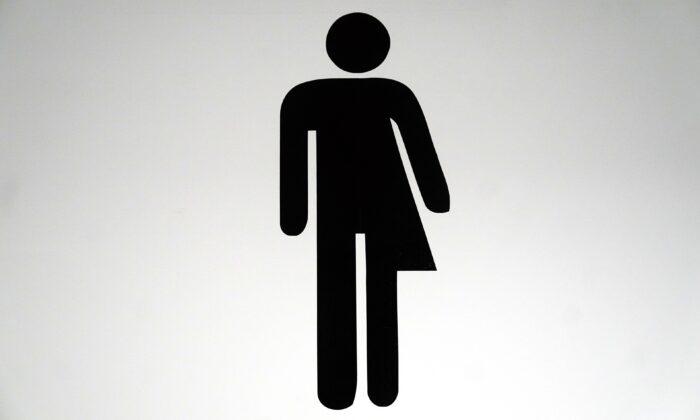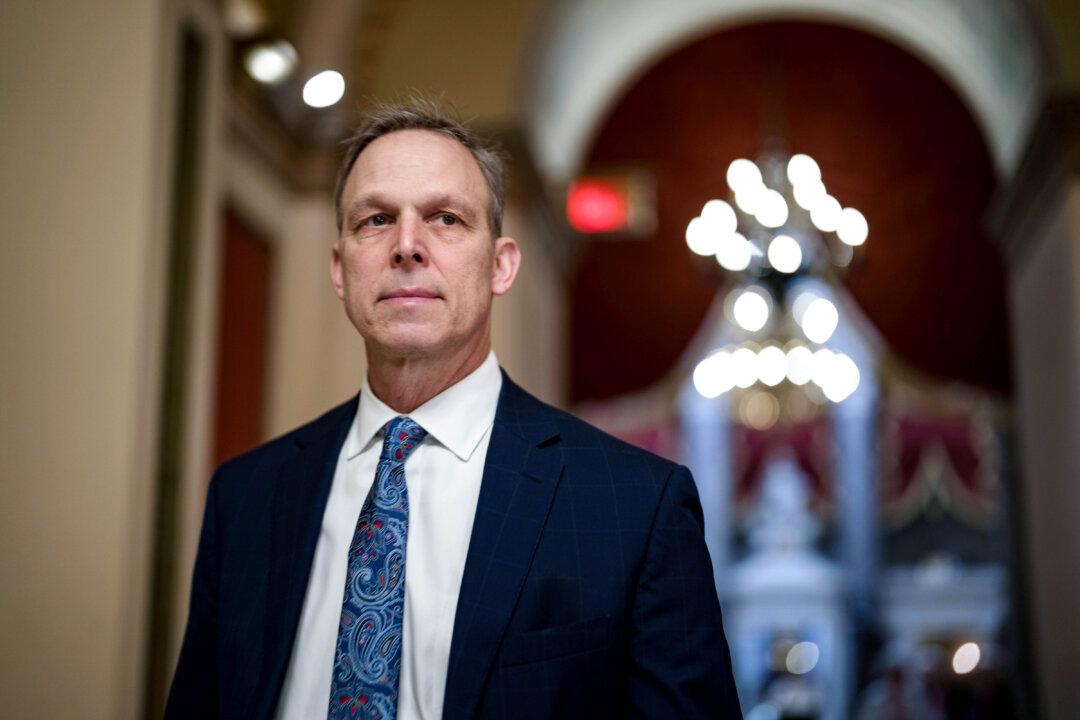The UK’s statistics watchdog is checking the census data on the transgender population following concerns that the result may be skewed owing to misinterpretations of the question on gender identity.
In an email to The Epoch Times on Wednesday, a spokesperson for the Office for National Statistics (ONS) confirmed the office is working with the Office for Statistics Regulation (OSR) on the issue.
In 2021, the ONS for the first time included a question on gender identity in its census questionnaire for England and Wales. People aged 16 or over were asked whether or not the gender they identified with was the same as their sex registered at birth. If a respondent answered “no,” he or she was then invited to write down their gender identity in the boxes below.
According to the ONS, of the 45.7 million people in the age group, some 45.4 million (93.5 percent) answered “yes” and 262,000 (0.5 percent) answered “no” to the question.
Some 48,000 people said they were trans men, the same number identified as trans women, 30,000 wrote non-binary, and 18,000 gave other answers.
And 118,000 people—45 percent of those who answered no—left the boxes blank.
Sex and Gender
Another ONS analysis showed that a majority (66.16 percent) of those who identified as trans women answered “female” to the question “What is your sex?” Similarly, most (67.5 percent) trans men answered “male” to the sex question, contradicting the definition of trans women and trans men.The anomaly was largely owing to answers given by transgender people aged 25 and over. Among those aged between 16 and 24, some 63.2 percent of trans women answered male to the sex question and 63.35 percent of trans men answered female, the data show.
Geographical Mismatch
Michael Biggs, associate professor in sociology at the University of Oxford, raised the same question in a paper published in SocArXiv.Cross-referencing the geographical distribution of trans-identified people in the 2021 census and signatories of a petition calling for gender self-ID, Biggs argued there’s a mismatch between the census result and “lived experience.”
“Newham and Brent top the list ... The queer capital of Britain, Brighton, ranks only 20th,” he wrote. He also said it’s “implausible” that Barking and Dagenham has the highest proportion classified “trans man.”
He also attributed the possible reason of the anomaly to language, saying Brent, Newham, and Barking and Dagenham all have a high proportion of immigrants who are not native speakers of English.

ONS: Misinterpretations ‘Possible’
In a statement emailed to The Epoch Times, a spokesperson for the ONS said that the census results “are broadly consistent with separate NHS data collected in the same year” and that the question on gender identity was “tested thoroughly and translated into nearly 50 languages to ensure it could be properly understood,” but acknowledged the question could be open to misinterpretation.“However, it is possible that individual responses were affected by different interpretations of the question and we will do more work to understand whether that was an issue,” the statement reads.
“As this is the first time that the census has asked this question, and as a relatively small proportion of respondents reported having a gender identity different to their sex at birth, analysing the nature and quality of the responses to this question is more challenging than with most other census variables. We intend to publish more research on this topic later in the year.”
“We talked to a number of groups and engaged in widescale testing, including running a census rehearsal in diverse areas around England and Wales, including those with high numbers of non-English speakers,” the statement reads.
The Epoch Times has reached out to the OSR for comment.





